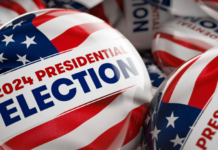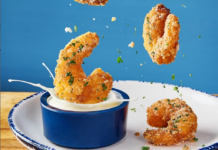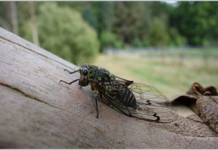Thanks to globalization, the world today has become one big community. This has led to the intermingling of diverse communities from all over the world. People travel across land and sea with ease of looking for jobs, building a better life, or experiencing something different from what their city or country has to offer. It is no different in the United States, which has slowly become a melting pot of diverse cultures and people.
What are race and ethnicity?
An ethnicity is a group of people who stand out as a distinct community due to their language, culture, traditions, or religion. These are factors that profoundly affect individuals and shape their personality. Each ethnic group has certain characteristic traits due to shared cultures and experiences that make them unique.
Race, on the other hand, refers to physical characteristics that define people from different regions. Characteristics include the color of skin, hair, facial features as well as body structure that are distinct in different parts of the world due to prevailing climatic and other geographical conditions. These conditions have, over time, influenced the genetic build of people from a particular region.
The various ethnic and racial minorities in the United States
The United States is home to different racial and ethnic groups, representing approximately 36.3 percent of the total population. Some of these groups are classified as:
- African Americans
- Hispanics or Latinos
- Asians
- Alaskan Natives
- Native Hawaiians/Pacific Islanders
- Asian Americans
These minority communities are classified based on both ethnicity and race, with each group having a strong individual presence in the country. Some minorities are found in higher numbers in certain cities and states because of better job opportunities, the presence of others from the same community, and similar climatic conditions as their native land, among other reasons. Each minority community also tries to preserve some, if not all, aspects of its native culture in an attempt to stay rooted despite living in a foreign land.
Over the years, the various groups have fit into the American way of life while still retaining their cultural and ethnic identities. These groups have made the population of the United States more diverse, enriched their culture, and made the country their own. Many people from such groups are second or third generation Americans who have completely assimilated into the United States and consider it their home.
Story credit to [email protected]
Photo credit to Clay Banks/Unsplash.







































